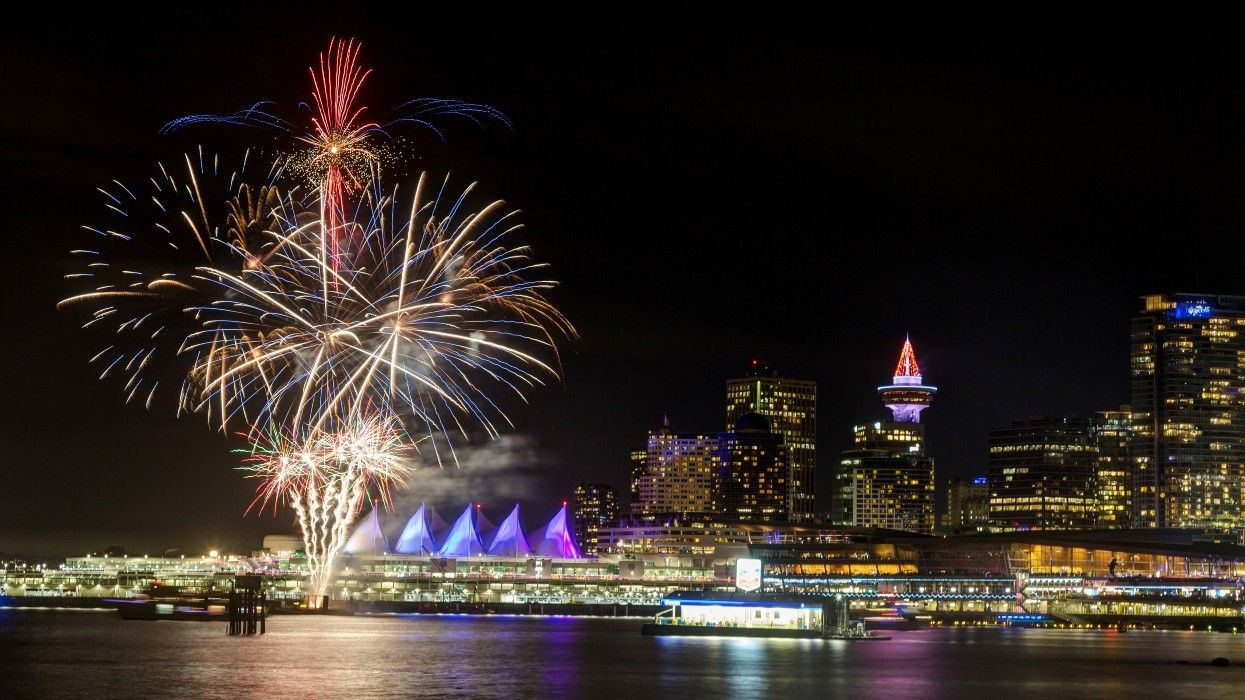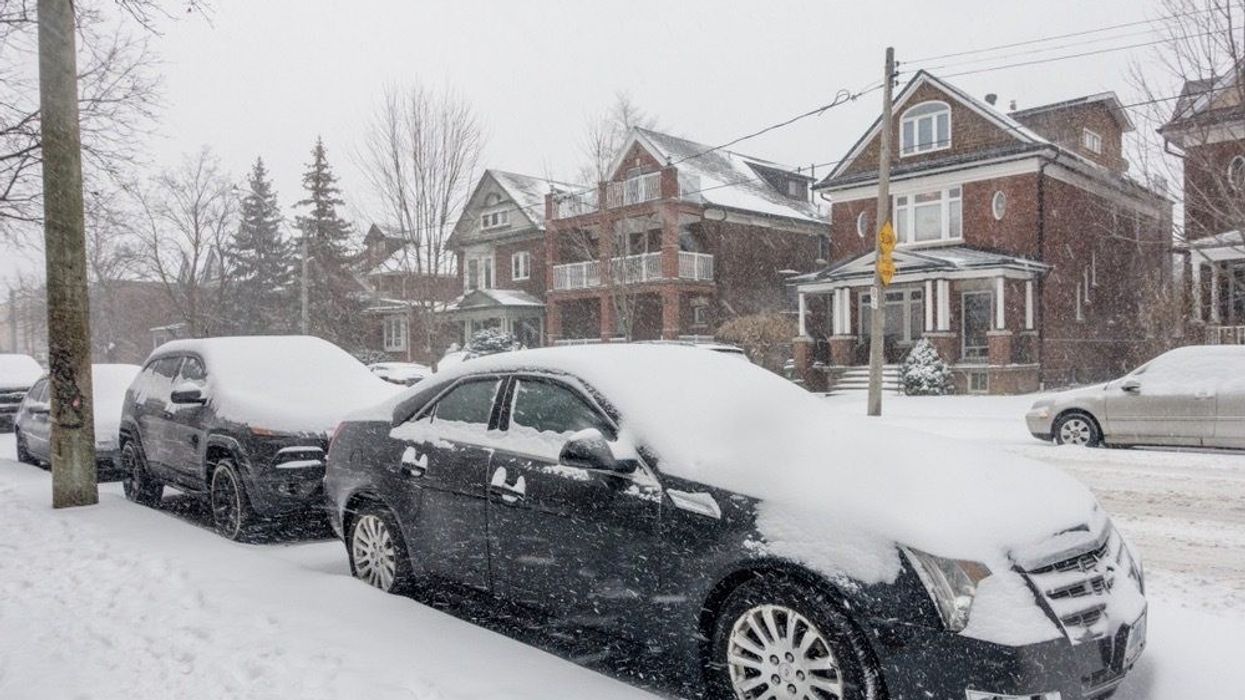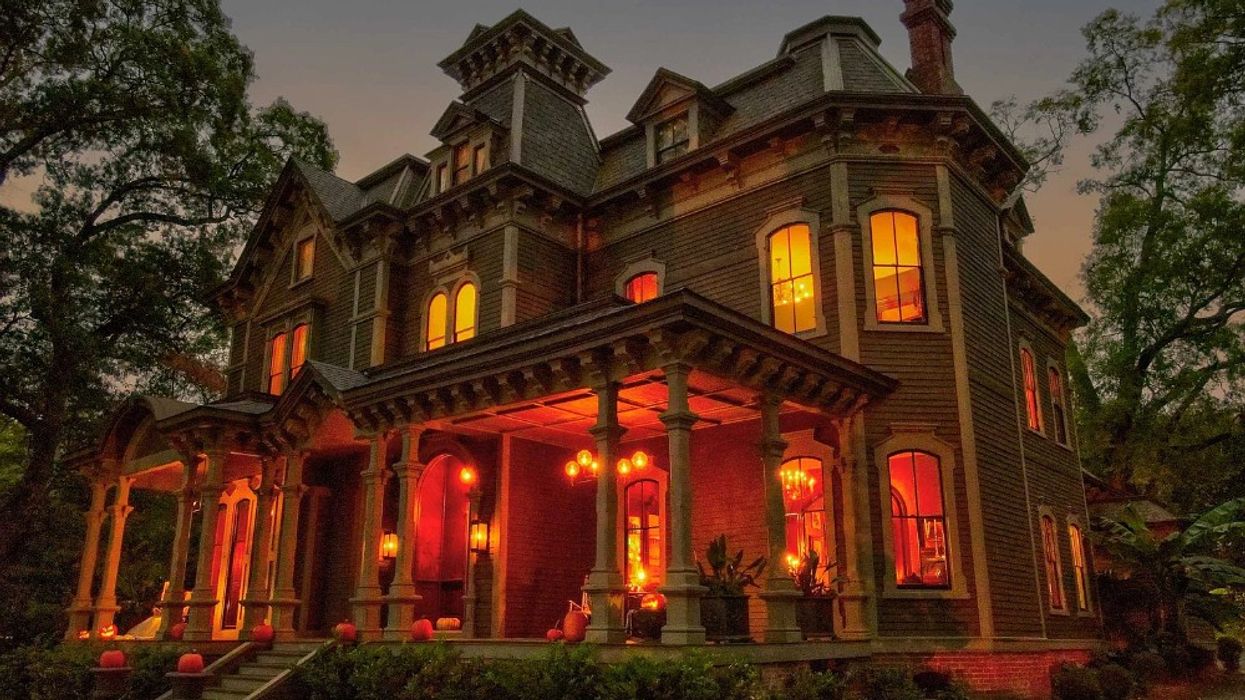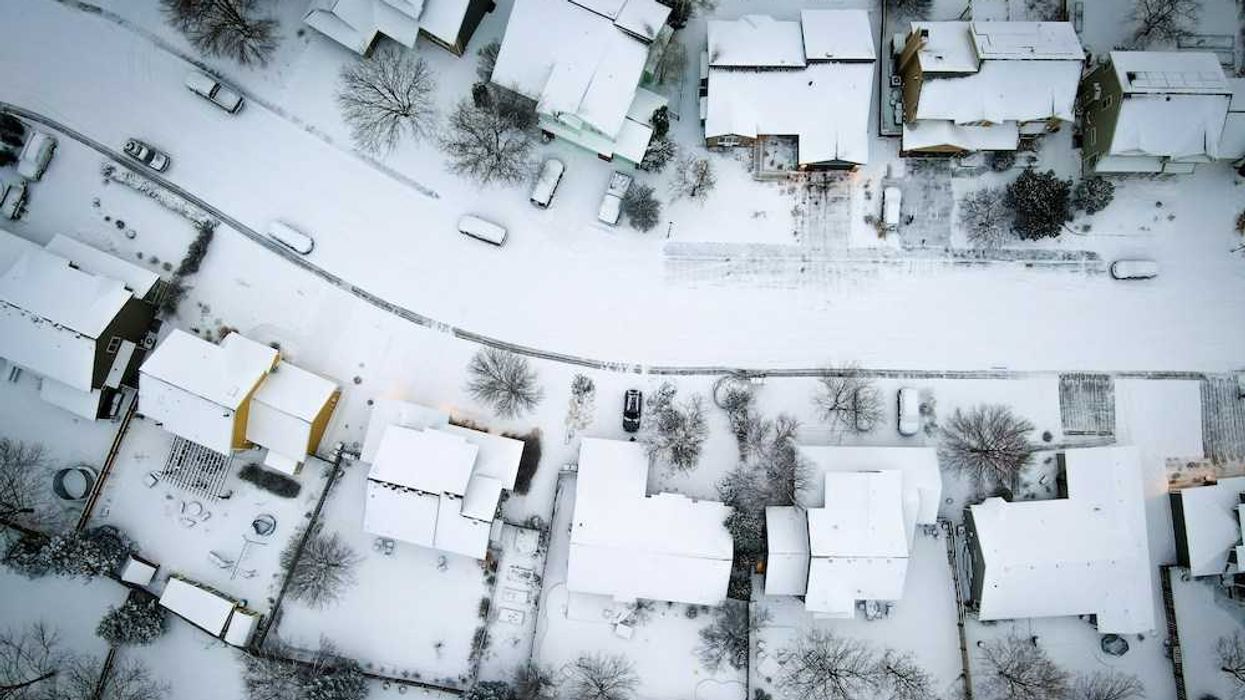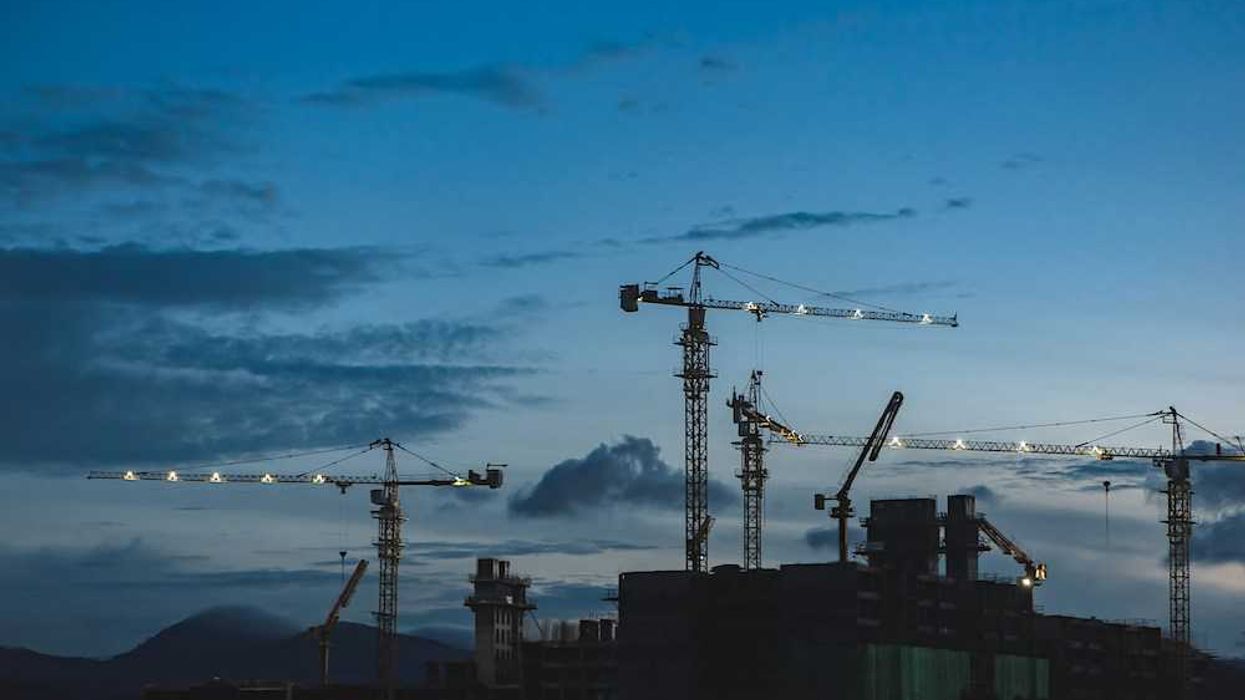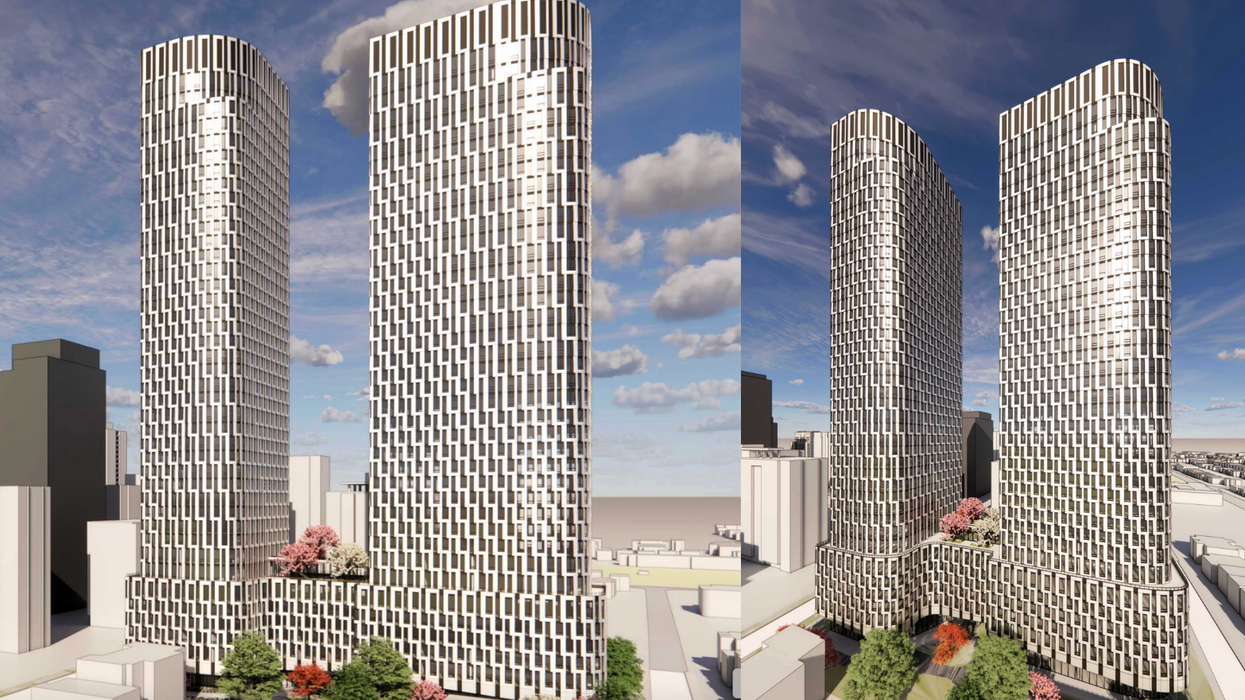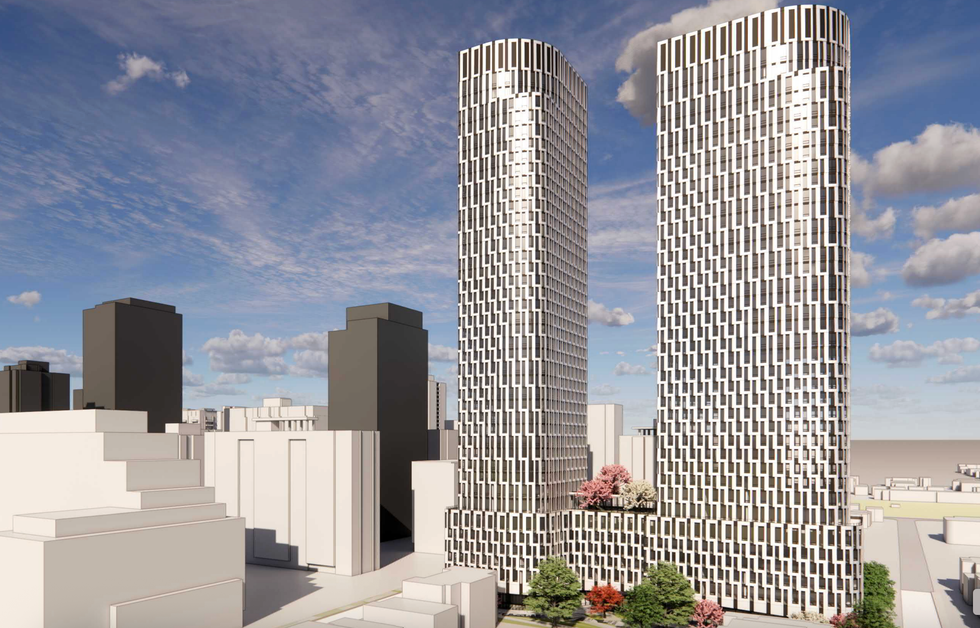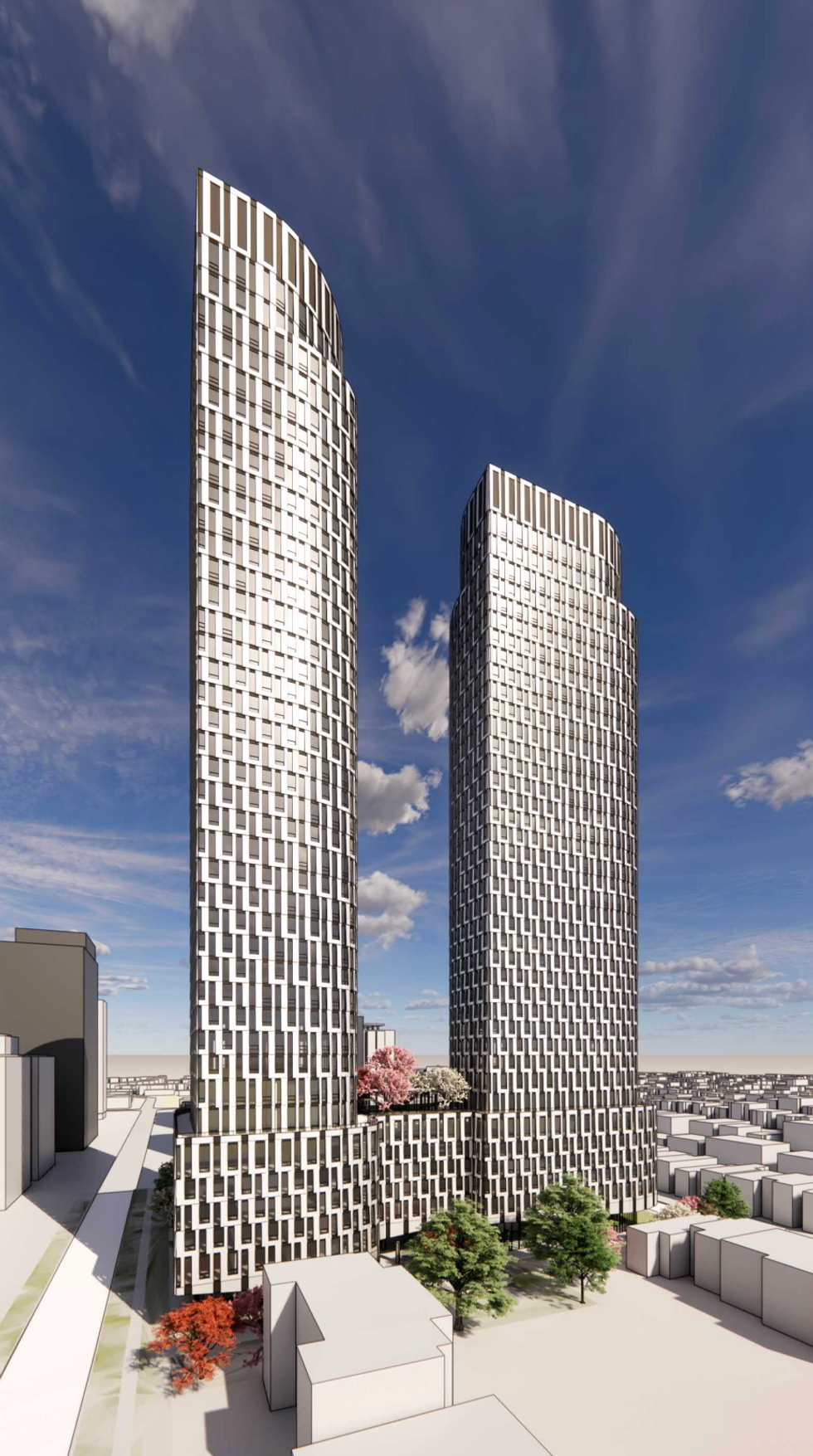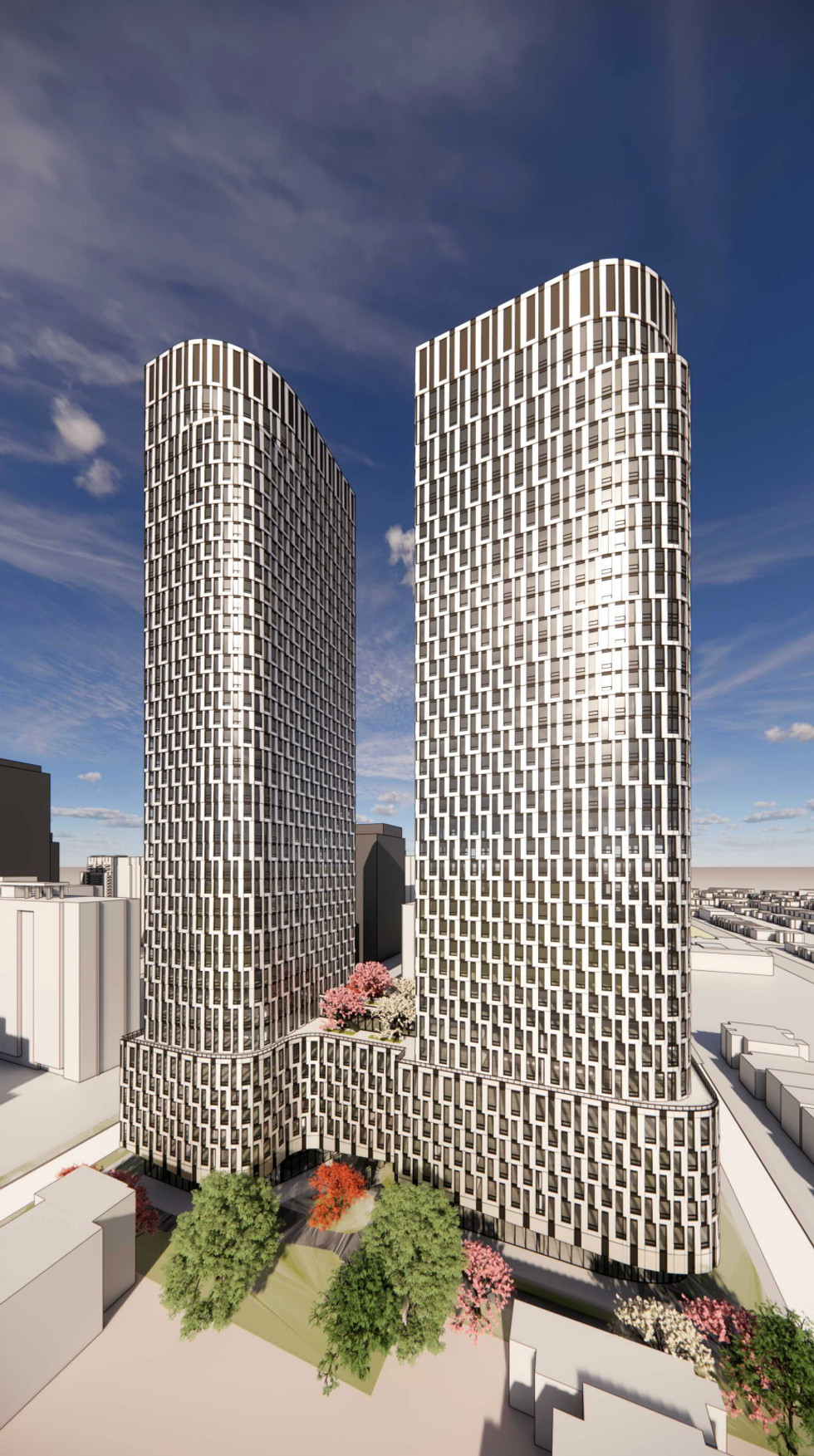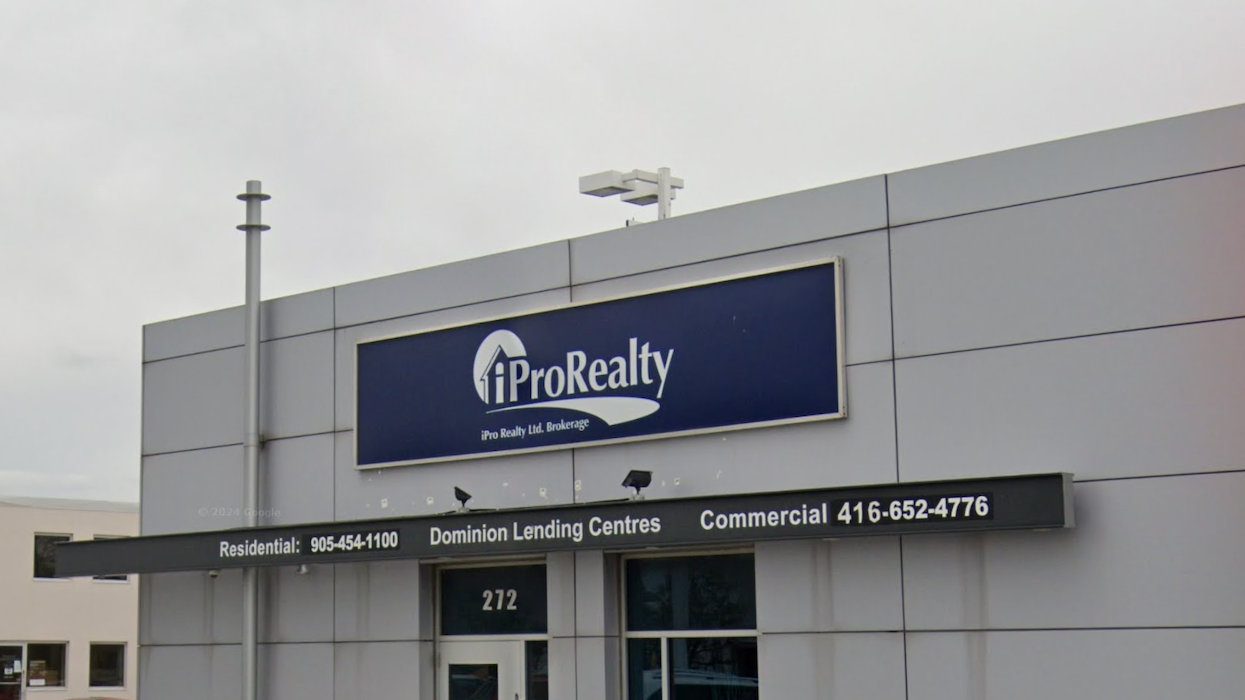Tenant Mix
Explore tenant mix in Canadian commercial real estate — how tenant selection influences traffic, synergy, and investment performance.

June 23, 2025
What is a Tenant Mix?
Tenant mix refers to the variety and composition of tenants within a commercial or mixed-use property, strategically curated to enhance customer traffic and overall profitability.
Why a Tenant Mix Matters in Real Estate
In Canadian commercial real estate, a balanced tenant mix supports stable rental income, reduces vacancy risk, and strengthens a property’s competitive advantage.
Tenant mix strategies include:
- Combining anchor tenants with small businesses
- Grouping complementary retailers (e.g., food + fitness)
- Avoiding tenant redundancy or direct competition
- Ensuring tenant types match target demographics
A successful tenant mix improves customer experience and increases foot traffic, particularly in retail plazas, malls, and mixed-use developments.
Understanding tenant mix is vital for property managers and investors optimizing asset performance.
Example of Tenant Mix in Action
The retail developer selects a grocery anchor, a pharmacy, and a café to create a well-balanced tenant mix that supports all-day customer visits.
Key Takeaways
- Refers to the mix of tenants in a property
- Affects customer traffic and sales synergy
- Strategic mix reduces vacancy and boosts retention
- Essential in commercial property planning
- Impacts leasing and marketing success

